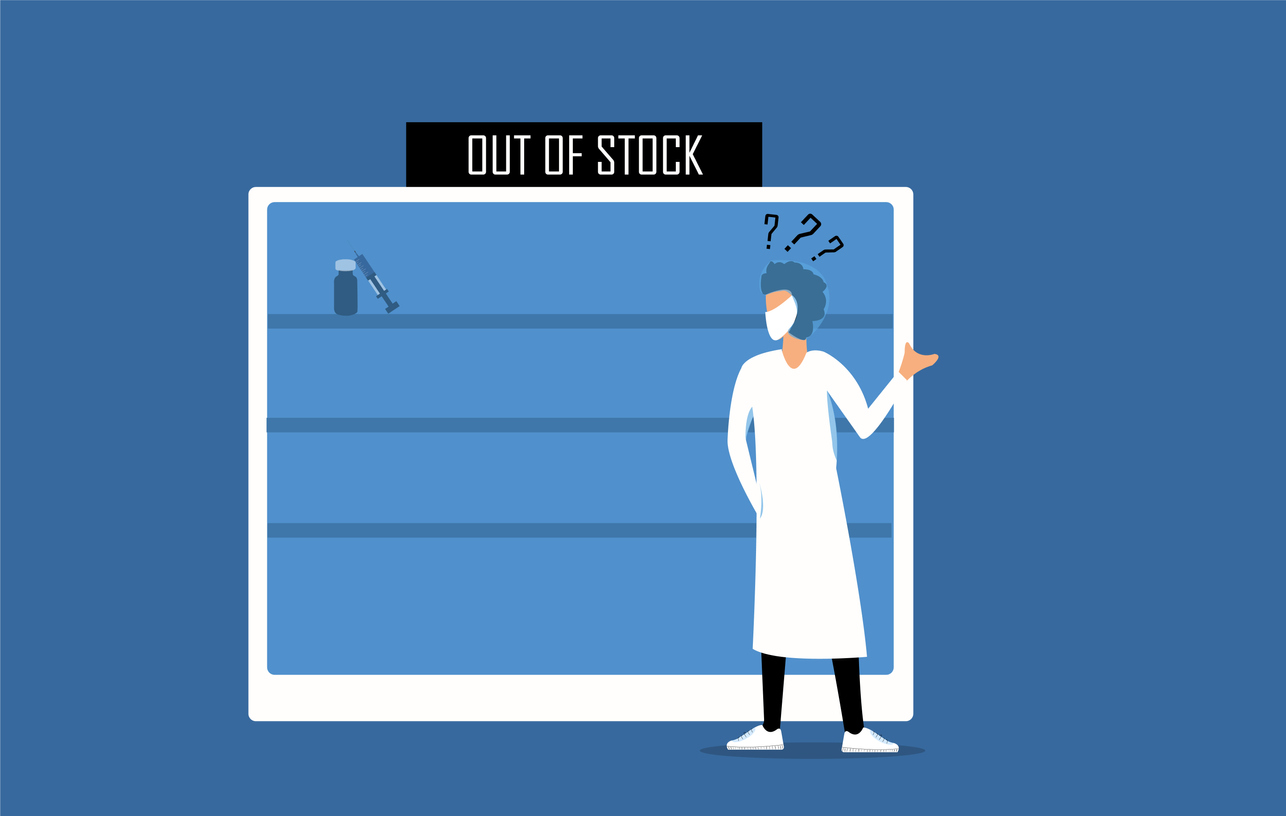Living with Chronic Pain
What to Know About Drug Shortages in the United States and Canada

What is a drug shortage?
A drug shortage occurs when the supply of a medication is less than the demand. An inadequate amount of all versions of the drug and an alternative manufacturer are not able to meet the medically necessary demands. This often leads to unfilled prescriptions and not enough medicine to supply hospitals and health clinics.
What causes drug shortages?
Typically, drug shortages occur due to manufacturing issues. This could include issues with quality, delays, lack of raw materials, other drug companies closing, etc. Occasionally, a firm will discontinue the production of an older drug, which may cause shortages of the newer version.
Certain older, sterile injectable drugs are not being produced in as many firms. This means that the number of production lines capable of making them is limited. Capacity issues also limit the amount that can be made. This places these drugs specifically at risk of experiencing a shortage.
How to report a drug shortage?
In the United States, anyone, including patients, health care professionals, and professional organizations, can report a drug shortage via email to drugshortages@fda.hhs.gov. Manufacturers in America are required to report shortages to the Food and Drug Administration (FDA). Issues, such as recalls, supply interruptions, shortages, and increases in demand, can be reported by manufacturers through the “CDER Direct NextGen Portal.” In Canada, companies will report drug shortages on the “Drug Shortages Canada” website.
Finding which drugs are in a shortage?
The FDA has a database with a list of current and resolved drug shortages. Discontinuations are also listed. Individuals can sign up to receive email alerts about current drug shortages.
The Drug Shortages Canada website is updated with all prescription drug shortages and discontinuations. Individuals may also sign up for email alerts through this website.
What is a Tier 3 drug shortage?
In Canada, drug shortages are separated into tier 1, 2 or 3 by the Tier Assignment Committee (TAC), based on the shortage's potential impact on Canada's drug supply and healthcare system. Tier 3 drug shortages are determined to have the greatest potential impact. Factors that go into deciding a shortage’s tier include low availability of alternate supplies, ingredients and therapies, as well as medical necessity. These drugs may be eligible for exceptional exportation and sale.
Additional source: Drug Shortages Canada


















